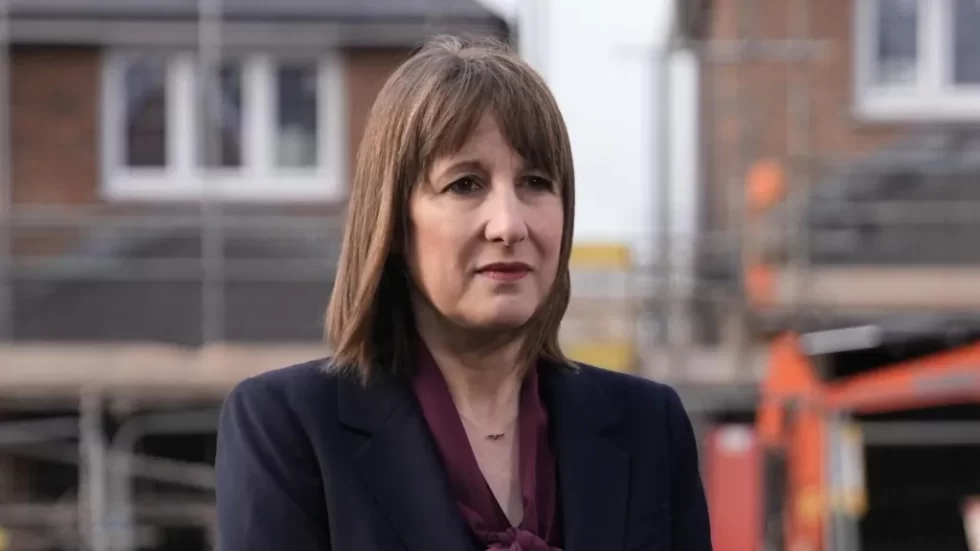
Taxes may have to rise in the autumn, economists have warned, despite big benefit cuts and spending reductions in Wednesday’s Spring Statement.
The Institute for Fiscal Studies think tank said Chancellor Rachel Reeves’s headroom to deal with economic risks, like Donald Trump’s tariffs, was “very small”.
Director Paul Johnson said there was a “good chance” economic forecasts would deteriorate significantly before October’s Budget, “which will likely mean raising taxes even further”.
Prime Minister Sir Keir Starmer did not rule out further tax rises in the autumn but pointed out the government had resisted doing so in its Spring Statement.
The government will not get close to the extra homes needed to hit its housing target in England, official figures suggest.
Angela Rayner’s plan for 1.5m new homes by 2029 is seen as crucial to solving the housing crisis and boosting economic growth.
But latest estimates from the Office for Budget Responsibility (OBR) suggest the government will fall short of that figure, even with planning reforms outlined in the chancellor’s Spring Statement on Wednesday.
A government spokesperson said further reforms not reflected in the OBR’s forecast would help to reach the 1.5 million target.
The Home Builders Federation said the government “urgently needs” to make mortgages more accessible to first time buyers to meet the target.
Ministers say other plans, such as building more affordable homes, are not reflected in the OBR’s figures and will help them get to 1.5m new homes.
Rachel Reeves singled out the government’s efforts to build more homes as a major success of the Labour government in her Spring Statement.
She highlighted OBR figures that showed housebuilding was set to hit a 40-year-high and boost the economy by £6.8bn.
The chancellor claimed that reforms to the planning system would put the government “within touching distance” of achieving the 1.5 million target.
But despite the chancellor’s optimistic outlook, the figures actually suggest that planning reforms are on course to achieve far fewer new homes than first hoped.
The central plank of those reforms are ambitious mandatory targets for every local authority, to grant more planning permissions.
Reeves said the government would get to within “touching distance” of its 1.5m target, telling MPs that 1.3m new homes would be created by 2029.
However, the 1.3m figure she used includes housebuilding in Scotland, Wales and Northern Ireland.
In fact, only 1m new homes are expected to be built in England, it’s understood.
OBR figures also make clear that many of those homes would have been built anyway, regardless of the government’s planning reforms.
The watchdog says reforms introduced by Angela Rayner will only lead to an extra 170,000 homes in England, a quarter of the amount needed to hit her target.
Ministers have been keen to point to the economic boost that those 170,000 new homes will achieve.
Last year saw a record low for housing projects granted planning permission in England, with just over 30,000 projects given the go-ahead.
The chief executive of the Home Builders Federation, Neil Jefferson, told the BBC the government needs to address “other barriers” to “reverse the declines we have seen in supply and deliver much needed housing”.
He said the planning changes were “very positive but further interventions are urgently needed if we are to increase housebuilding to the level required”.
A government spokesperson said: “The OBR forecast only factors in reforms to the National Planning Policy Framework in England which is just one element of this government’s efforts to increase housebuilding.
“Further reforms such as the Planning and Infrastructure Bill, the government’s long term housing strategy and the new Affordable Homes Programme are not reflected in the forecast and will all help to reach the 1.5 million target.”





